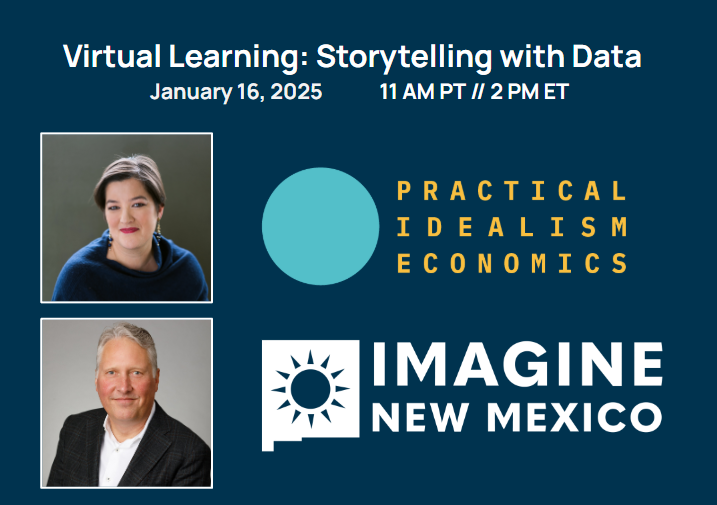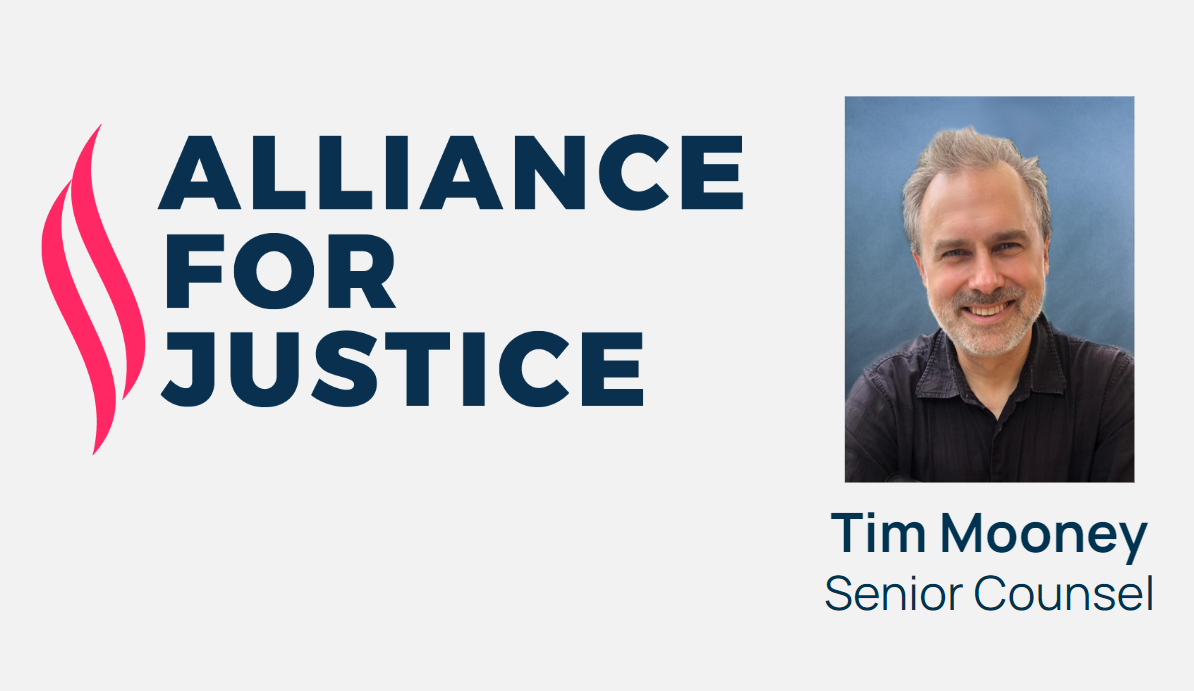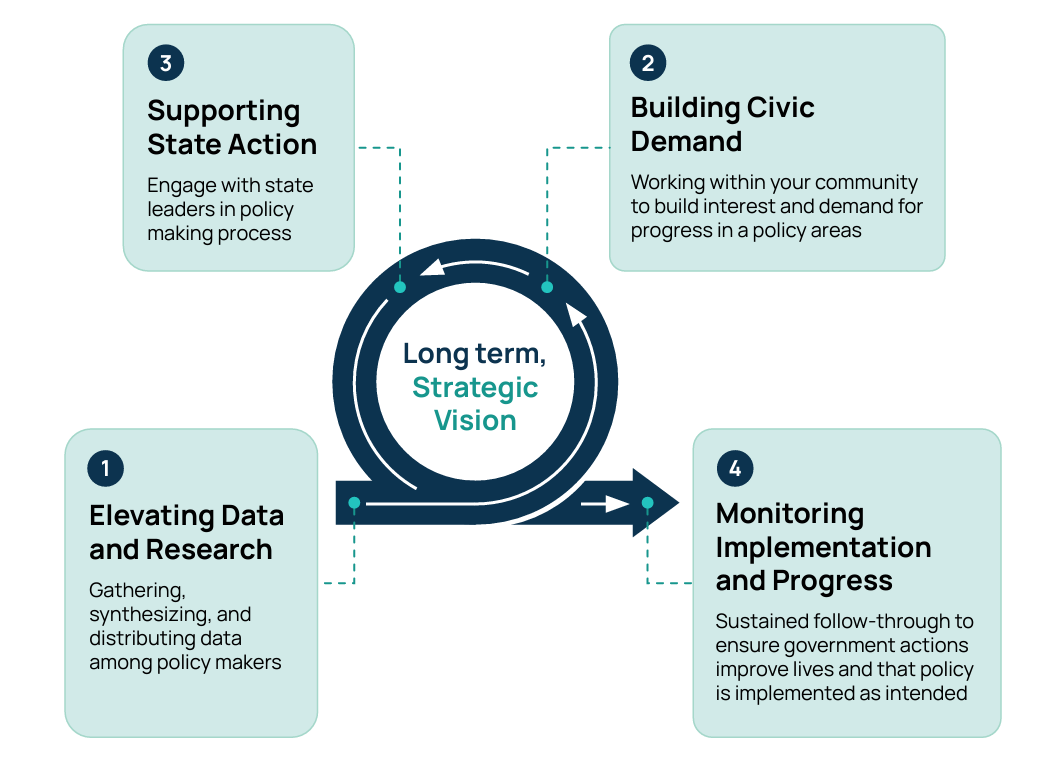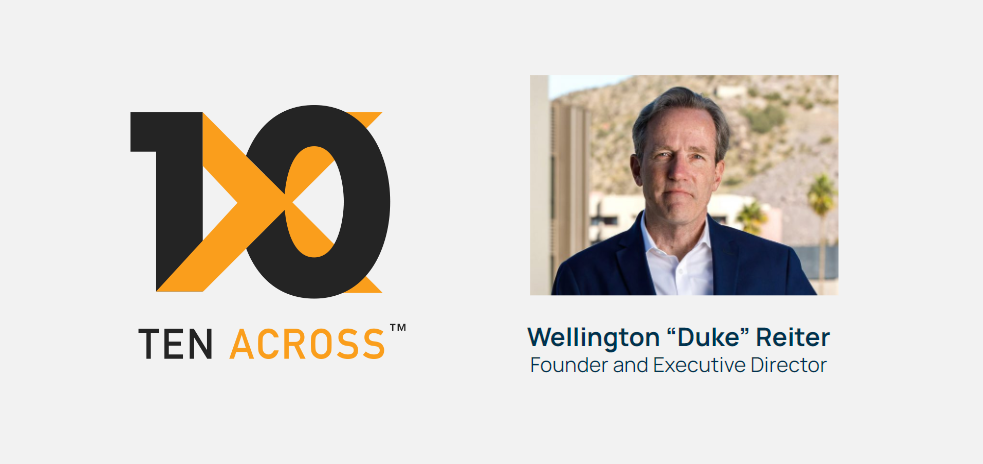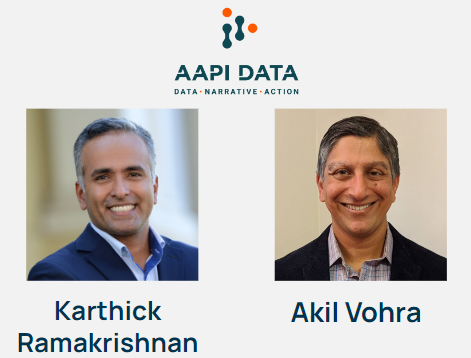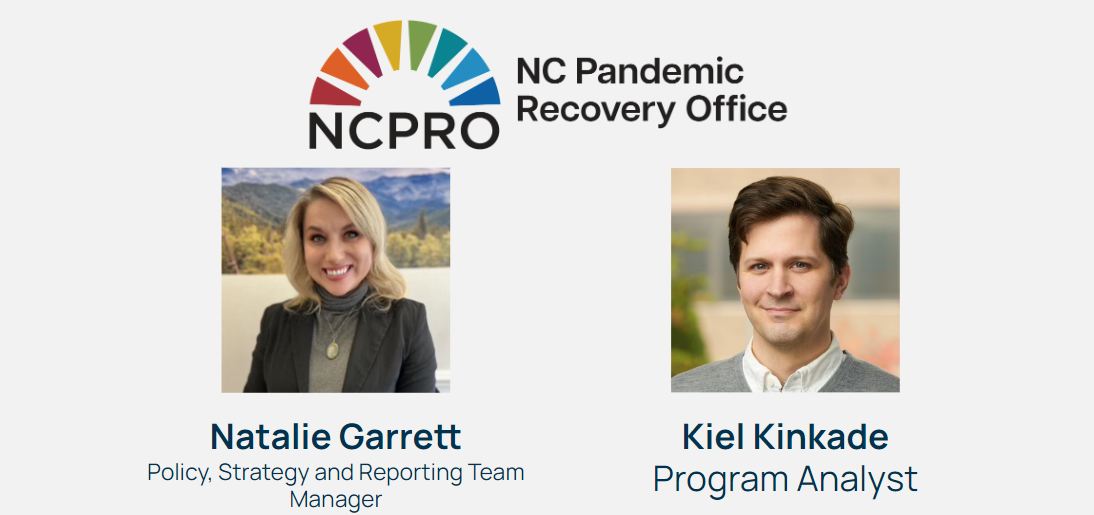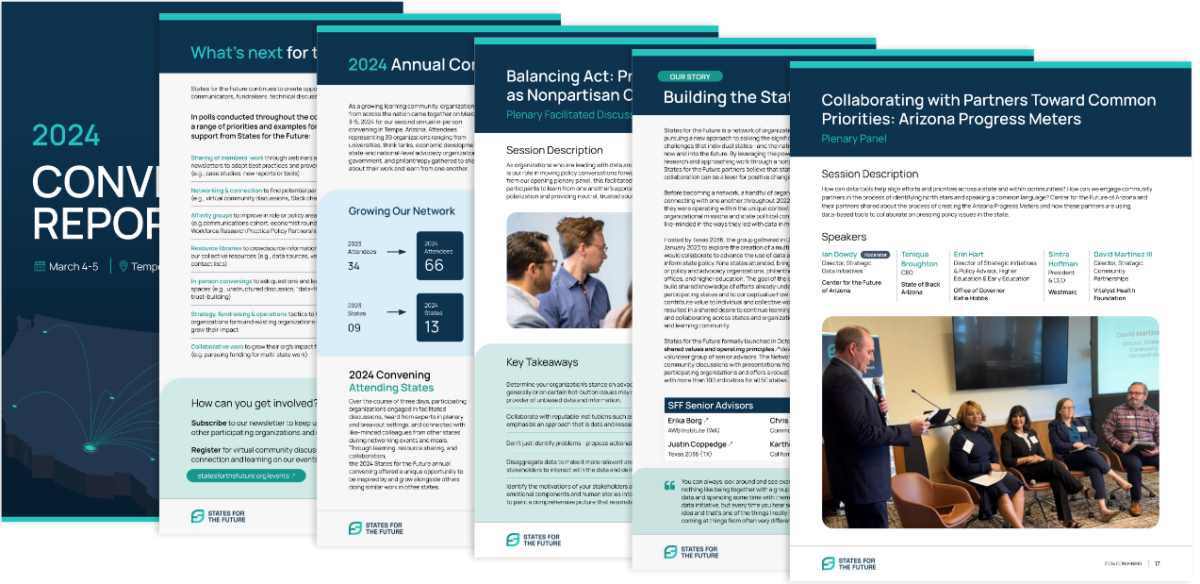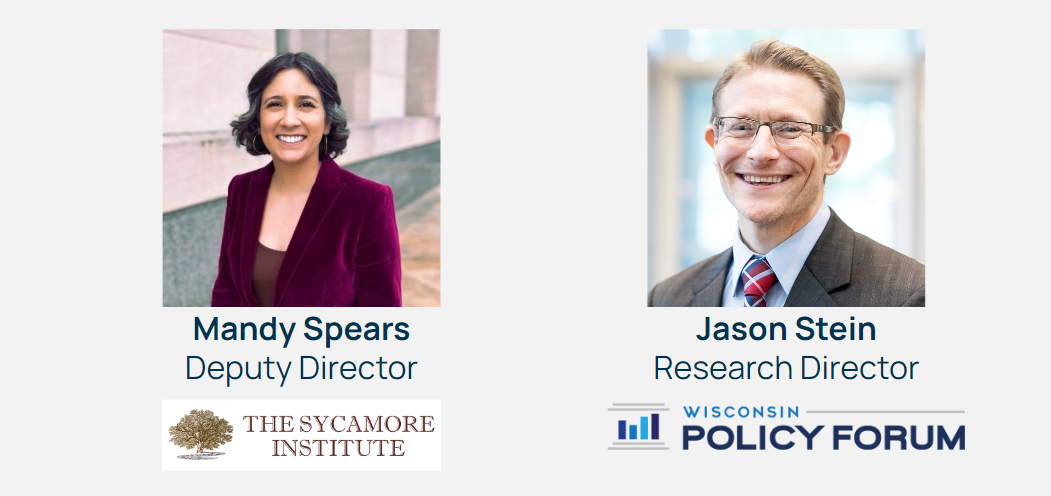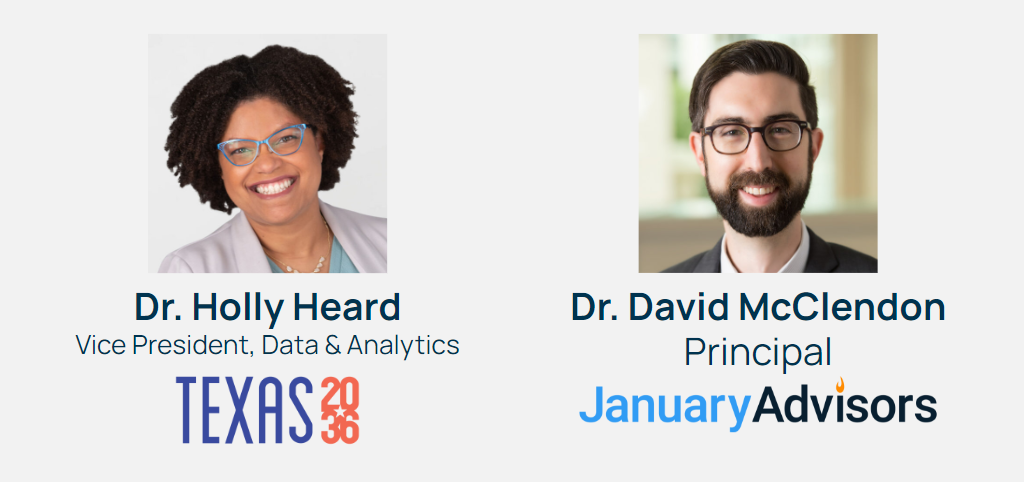Overcoming Polarization with Participation: our February 2025 learning opportunity
In today’s increasingly divided world, finding ways to bridge ideological gaps and foster constructive dialogue is more critical than ever. That was the central theme of this month’s webinar, Overcoming Polarization with Participation, led by Ashley Phillips, Head of Programs at Builders Movement.
Ashley’s presentation centered around Citizen Solutions, an initiative that Builders Movement is testing as an antidote to the polarization of residents of the United States. Citizen Solutions is a program which convenes everyday residents of a state to find connection and common ground on some of the toughest issues like gun control and abortion. After a three-day session, the result is a set of resident-created policy proposals which can be presented to state-level policymakers as a solution that represents consensus from different sides of an issue.
States For the Future attendees were curious about the media strategy behind this program, expansion plans for the programs, how Builders has successfully engaged so many state residents, and how they can apply Builders’ best practices to their own work.
Key takeaways from this session are:
- Identifying “hidden consensus” can help build civic demand for policy solutions: Builders Movement uses its Citizen Solutions initiative to uncover where we agree with one another on even the toughest issues. With a new understanding of others’ perspectives and a newfound optimism in the belief that finding common ground is possible, participants from all over the political spectrum are motivated to cooperate and engage in the policymaking process.
- Media strategy can be an indispensable part of the success of your organization’s initiative: Though Citizen Solutions is intended to result in policy proposals, Builders Movement plans a supporting media strategy from the onset in order to create a result that is compelling and press-worthy. Builders’ media strategy includes focusing on “casting” a diverse set of community participants to lend credibility and relatability, and creating artifacts such as trailers and documentaries to further the reach of their initiatives and organization.
- Pilot efforts can help determine if further investment is warranted: Most policy organizations are working on finite budgets and need to triage resources quite carefully. Through pilots for Citizen Solutions in Tennessee and Wisconsin, Builders Movement now has insights into how Citizen Solutions can be successful at depolarization, but also how it can be modified to be more scalable. It also can approach other potential partner organizations with a clear picture of how Citizen Solutions can be appealing to other organizations that aim to unite state residents on tough issues.
- Citizens are motivated and eager to get engaged: Despite a discourse of a polarized voting base, Citizen Solutions has shown appetite for exploring challenging issues and forming solutions on a grassroots level. Neighbors who may think differently still want to get involved in change that represents the best interests of their community. As trusted nonpartisan leaders in their states, SFF participants should explore how they can bring citizen and resident voices into the process of building policy solutions and their media campaigns.
Want to learn more about Builders Movement or Citizen Solutions? Contact Builders Movement to get connected.
Slides for this session are available here, and a recording may be viewed here.


